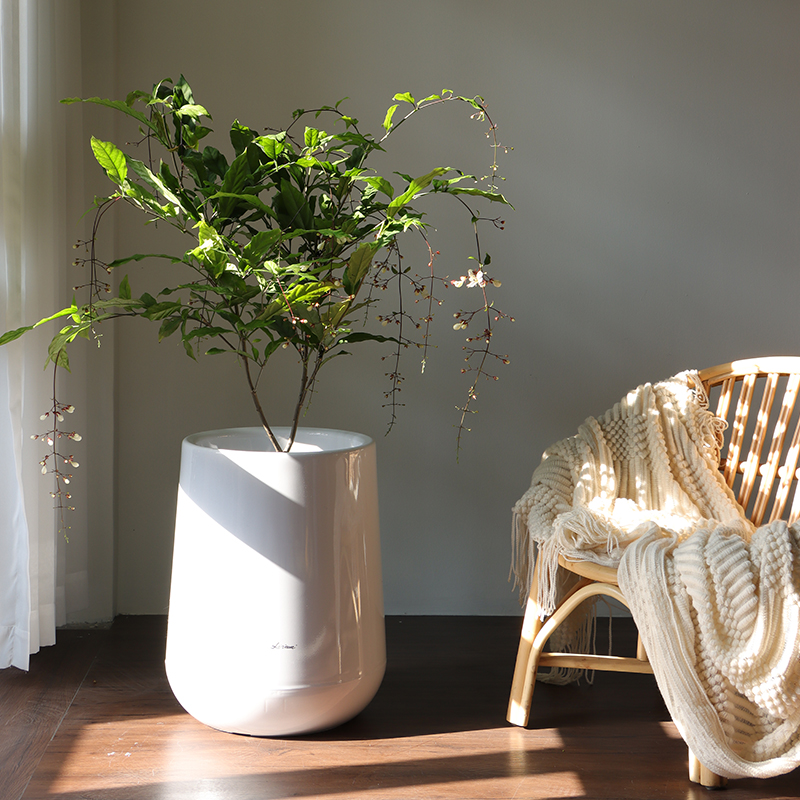These regulations ensure that products such as large coloured plant pots, outdoor rattan plant pots, and painted flowerpots meet the safety, environmental, and quality standards required by different countries. Understanding these regulatory requirements is essential for businesses that want to export their products smoothly and maintain a strong reputation.

One key aspect of plant pot regulations in international markets relates to material safety. Many countries require that plant pots, especially large coloured plant pots, comply with standards limiting the presence of harmful substances. For example, regulations often restrict the use of heavy metals, advance-based paints, and certain plasticizers in products like painted flowerpots. These rules help protect consumers, gardeners, and the environment by reducing toxic chemical exposure. Suppliers who produce outdoor rattan plant pots also need to ensure that any coatings or treatments used on the rattan material do not contain substances prohibited by the importing country’s regulations.
Another important element is product labeling and certification. Different markets require specific labels to indicate compliance with local standards, including information on material composition, country of origin, and safe use instructions. Large coloured plant pots often need clear labeling to inform consumers about their UV resistance or frost tolerance, especially if they are intended for outdoor use. Outdoor rattan plant pots and painted flowerpots must also meet labeling requirements, which can vary significantly from one market to another. Some regions require third-party certification or testing reports to verify that the plant pots adhere to their regulations, while others accept manufacturer declarations.
Environmental regulations are also increasingly influencing plant pot regulations in international markets. Many countries encourage or mandate the use of recyclable or biodegradable materials in garden products to reduce landfill waste. This trend affects the production and export of large coloured plant pots, which may traditionally be made from durable plastics. Suppliers must now consider alternatives or demonstrate the recyclability of their products. For outdoor rattan plant pots, regulations may also address the sourcing of natural materials to ensure sustainability and avoid deforestation. Painted flowerpots need to comply with eco-friendly standards regarding the types of paint and finish used, less volatile organic compounds (VOCs), and other pollutants.
Import tariffs and customs inspections add another layer of complexity to plant pot regulations in international markets. When large coloured plant pots are shipped across borders, they may be subject to classification under specific tariff codes that affect duties and taxes. Accurate documentation is essential to avoid delays or penalties during customs clearance. Outdoor rattan plant pots, often considered handmade or semi-handmade, might face additional scrutiny to verify product origin and production methods. Painted flowerpots, especially those with intricate designs or unique finishes, could require extra inspections to ensure they meet safety and chemical standards.
Finally, health and safety regulations concerning plant pots have become a focus in some markets. Large coloured plant pots designed for children’s play areas or educational settings must comply with stricter standards to ensure that no small parts or toxic materials pose risks. Outdoor rattan plant pots used in public spaces might be evaluated for durability and resistance to weather damage to prevent hazards. Painted flowerpots intended for food-related plants or herbs must adhere to guidelines that prevent contamination from harmful substances. Understanding these regulations helps suppliers avoid costly recalls or bans.
In summary, navigating plant pot regulations in international markets involves careful attention to material safety, labeling, environmental impact, customs requirements, and health standards. Manufacturers and exporters of large coloured plant pots, outdoor rattan plant pots, and painted flowerpots must stay informed about evolving rules in key markets such as the European Union, North America, and Asia. Compliance ensures smoother market entry and fosters consumer trust in a competitive global industry. By prioritizing regulatory knowledge, businesses can better position their products and meet the diverse needs of gardeners worldwide.

 English
English 日本語
日本語 Español
Español Deutsch
Deutsch عربى
عربى

